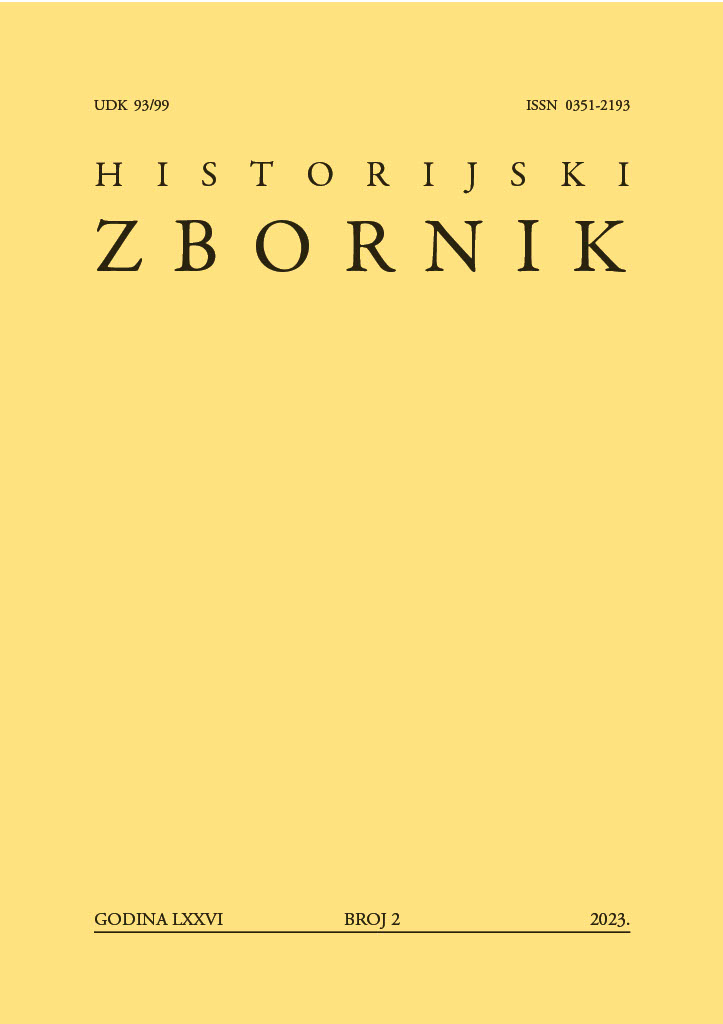From Goethe and Scott to Lassalle and Marx. What did the workers in the Osijek labor associations read in the second half of the 19th century?
DOI:
https://doi.org/10.59412/hz.76.2.3Keywords:
working class, Osijek Workers’ Educational Association, Craftsmen’s and Workers’ Association, history of reading, Osijek, 19th centuryAbstract
The paper intends to show, based on the list of the books confiscated in 1880, what the working class could read in the libraries of the Osijek Workers’ Educational Association (1867) and the Craftsmen’s and Workers’ Association (1874). From the perspective of the history of reading and using published sources (lists of books, newspaper articles, letters from the city and state authorities), it analyses who, when and where could read books in the mentioned associations. The confiscated books from the list were divided according to disciplinary areas, the language in which the works were printed; and the authors of the works according to their sex and the countries in which they lived. The analysis of the available sources led to the conclusion that the list contained predominantly historical – romance novels published in the German language, which were read by the domestic social elite of the time, and foreign workers as well, which shows that members of associations and users of libraries could share a similar reading repertoire with them. There are more male than female authors, and their reception, as well as the subject matter of their works, probably played a role in their choice. The potential users of the libraries were mostly craftsmen of foreign origin who could read the available books in the premises of Šeper’s brewery and Hotel “Europa” in the evening hours.
Downloads
Published
How to Cite
Issue
Section
License

This work is licensed under a Creative Commons Attribution-NonCommercial 4.0 International License.
Copyright holders are the publisher Association for Croatian History and the authors.
Historical Journal is an Open Access journal. Users are allowed to read, download, copy, redistribute, print, search and link to material, and alter, transform, or build upon the material, or use them for any other lawful purpose as long as they attribute the source in an appropriate manner according to the Creative Commons licence CC BY-NC.
The papers published in Historical Journal can be deposited and self archived in the institutional and thematic repositories providing the link to the journal's web pages and HRČAK. Journal does not charge article processing charges (APC). The editors assume no responsibility for statements of fact or opinion made by contributors.

